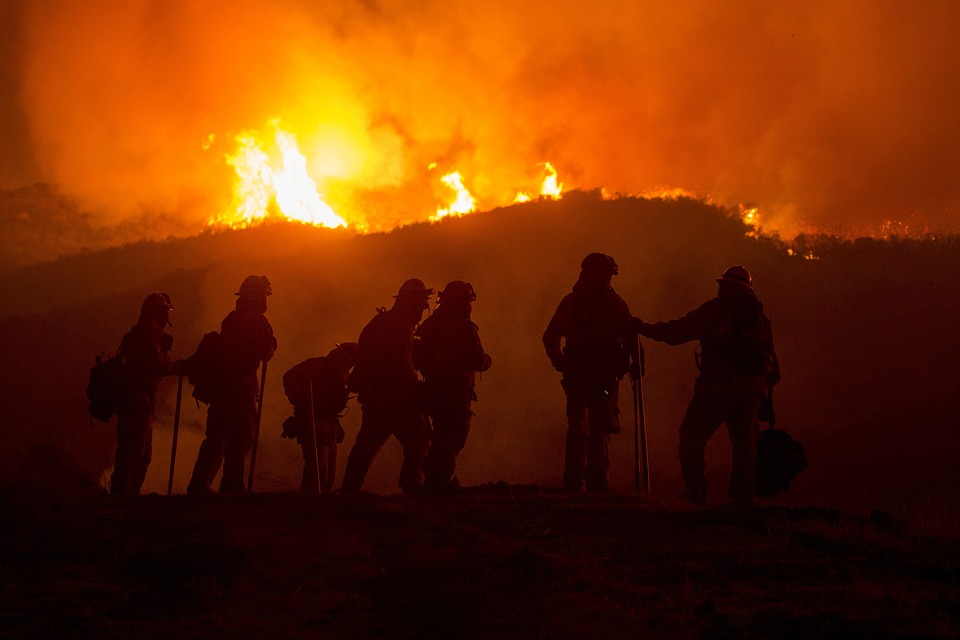Having landed strictly from a tropical lineage AND having successfully achieved the distinction of surviving the frosty winter of Canada so far, I can speak with a certain degree of authority that winter storms are a unique feature of this country’s culture. Needless to say then, any discussion surrounding the Canadian winter is incomplete without mentioning the word ‘storm’. Just like the monsoon season which brings the city of Mumbai to its bare knees and drives the life of the common man to a complete nightmare, we Canadians, have been blessed with heaps of wintery snow raining to bring our individual lives to a dead end. Likewise, the storm that is sweeping parts of Ontario and GTA as I write this piece has wreaked more havoc today than its usual share with no sign of stopping so far, and it is soon going to be followed by a ‘polar vortex’ — one that is going to be much brutal than what came in 2014.
The ice storm this winter (some reports called it the “Alberta Clipper”) is definitely massive with the snowfall predicted to be at 15-25 cms for a single day and bringing temperatures down to the -40s. However, those figures sound lame when you read what happened two decades ago, during another such massive ice storm of January 1999. It was so severe that the then mayor, Mel Lastman, had to summon the help of the military in Toronto (and got squarely ridiculed for his decision) after the city saw a whopping 118 centimetres of snowfall in the first half of that month! Gosh, I can’t even imagine how that much snow must have felt on the ground.
Though, as I began to look deeper for more facts they continued to unravel itself. I realized it was in fact, the snow storm back in the December 1944 which was the harshest in the city’s history — it took 16 lives in Toronto, and 21 in Ontario overall. It seems we might be staring at yet another record-breaking heavy snow storm this time around.
Continue reading…



